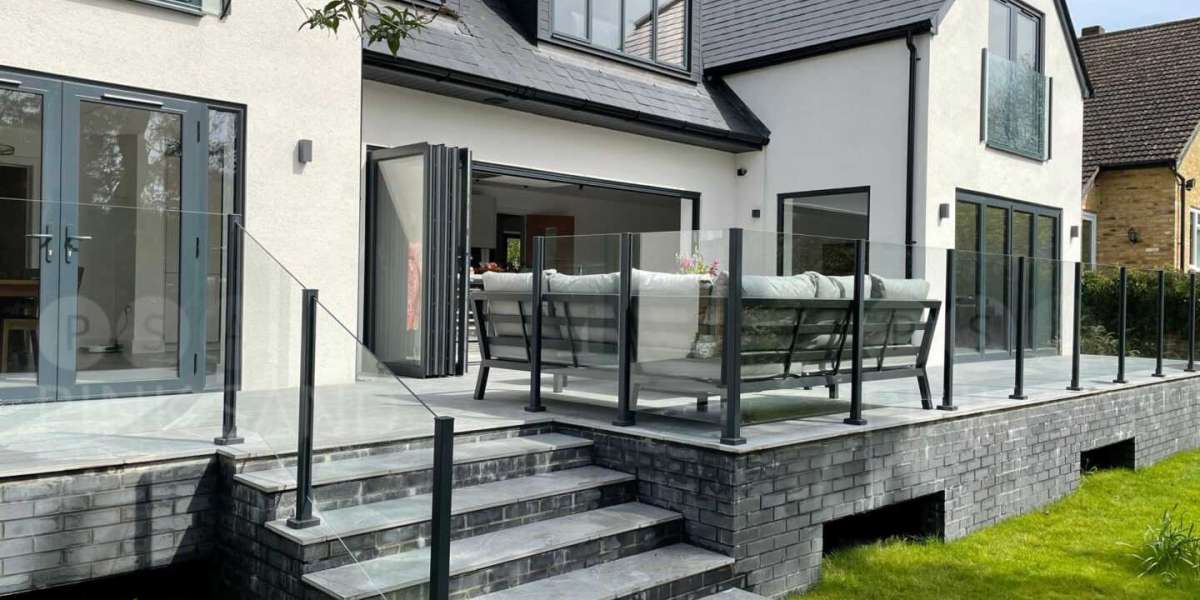1. Common Application Methods of industrial coating supplies
industrial coating supplies application methods are selected based on factors such as coating type (e.g., solvent-based, water-based, powder), substrate characteristics (e.g., material, shape, size), coating thickness requirements, and production efficiency. Below are the most widely used methods:
1.1 Spraying Method
This is the most common method, suitable for large-area, complex-shaped workpieces, and enables uniform film formation.
- Air Spraying: Uses compressed air to atomize the coating and spray it onto the substrate. It is flexible and low-cost, but has relatively low coating utilization (about 60-70%) and may generate more overspray, requiring good ventilation.
- Airless Spraying: Relies on high pressure (usually 10-30 MPa) to force the coating through a small nozzle for atomization, without compressed air. It has high coating utilization (over 85%), fast construction speed, and is ideal for high-viscosity coatings (e.g., heavy-duty anticorrosive coatings) and large workpieces like steel structures.
- Electrostatic Spraying: Charges the atomized coating particles (via an electrostatic generator) and uses electrostatic attraction to make them adhere to the grounded substrate. The coating utilization rate is over 90%, and the film is uniform. It is widely used for powder coatings and some liquid coatings (e.g., automotive body coatings).
1.2 Brushing Method
A traditional manual method using brushes (e.g., bristle brushes, synthetic fiber brushes) to apply coatings.
- It is simple to operate, requires no complex equipment, and is suitable for small-area touch-ups, corner gaps, or substrates with uneven surfaces (e.g., wooden frames, small metal parts).
- However, it has low efficiency, and the film thickness is easily uneven; brush marks may remain if the coating viscosity is improperly controlled.
1.3 Rolling Method
Uses a roller (with different nap lengths for different coatings) to roll and apply coatings onto flat or slightly curved substrates.
- It is efficient for large flat surfaces such as walls, metal plates, and wooden panels, with moderate coating utilization (about 75-85%).
- Note: The roller nap length should match the coating type—short naps for smooth coatings (e.g., glossy paints) and long naps for textured coatings (e.g., anti-slip coatings).
1.4 Dipping Method
Dips the entire workpiece into a coating tank, allowing the coating to adhere to the substrate surface by gravity or surface tension, then lifts and cures it.
- It is suitable for small, regular-shaped workpieces (e.g., bolts, nuts, small metal fittings) and ensures uniform film thickness.
- The key is to control the dipping time and lifting speed to avoid coating sagging or dripping.
1.5 Powder Coating Method
Unlike liquid coatings, powder coatings are applied in a dry powder form and require curing (via heating) to form a film.
- Electrostatic Powder Spraying: The most common type—powder particles are charged and adhere to the grounded substrate, then cured in an oven (usually at 160-220°C) to melt and form a smooth film.
- It has high coating utilization (nearly 100%, as unused powder can be recycled), no solvent emissions (environmentally friendly), and excellent film performance (high hardness, good corrosion resistance). It is widely used in automotive parts, household appliances, and hardware.
2. Key Precautions for Using industrial coating supplies
Improper use of industrial coating supplies can lead to quality issues (e.g., film peeling, bubbling, uneven color) or safety hazards. The following precautions must be strictly followed:
2.1 Pre-Application Preparation Precautions
- Substrate Treatment: This is the foundation of coating quality. The substrate must be free of oil, rust, dust, moisture, and other contaminants. Common treatments include:
- Derusting: Use sandblasting, shot blasting, or chemical derusting agents to remove rust and oxide layers (for metal substrates).
- Degreasing: Use organic solvents (e.g., acetone, ethanol) or alkaline cleaners to eliminate oil stains.
- Surface Smoothing: Polish or grind rough surfaces to ensure the coating adheres well.
- Coating Preparation:
- For two-component or multi-component coatings (e.g., epoxy resins, polyurethane coatings), strictly follow the recommended mixing ratio (by weight or volume) and stir thoroughly to avoid uneven curing.
- Adjust the coating viscosity: If the viscosity is too high, add a suitable thinner (matching the coating type—do not use random thinners) to ensure smooth application; if too low, the film may be too thin and lack durability.
- Allow the mixed coating to stand for the required "induction time" (if specified by the manufacturer) to ensure chemical reactions are initiated.
2.2 In-Application Operation Precautions
- Environmental Control:
- Temperature and Humidity: Most coatings require construction at 10-35°C with relative humidity below 85%. High humidity may cause film blushing or bubbling; low temperatures may slow down curing. For water-based coatings, avoid construction below 5°C to prevent freezing.
- Ventilation: Ensure good ventilation in the construction area, especially for solvent-based coatings (which release volatile organic compounds, VOCs). Use exhaust fans or operate in open-air environments to reduce VOC concentrations and avoid fire or health risks.
- Safety Protection:
- Personal Protective Equipment (PPE): Operators must wear chemical-resistant gloves, goggles (or face shields), and respiratory protection (e.g., activated carbon masks for low-VOC coatings, respirators with organic vapor cartridges for high-VOC coatings) to prevent skin contact, eye irritation, or inhalation of harmful gases.
- Fire Prevention: Solvent-based coatings and thinners are flammable. Prohibit open flames, smoking, or use of spark-generating equipment (e.g., electric drills) in the construction area. Equip fire extinguishers (e.g., dry powder, CO₂ extinguishers) nearby.
- Application Parameter Control:
- For spraying methods: Adjust the spray gun pressure, nozzle distance (usually 15-30 cm from the substrate), and moving speed to ensure uniform film thickness (avoid over-spraying or under-spraying).
- For brushing/rolling: Apply in the same direction (e.g., horizontal or vertical) to reduce brush marks; avoid applying too thick a layer at once to prevent sagging.
2.3 Post-Application Curing and Maintenance Precautions
- Curing Conditions:
- Follow the manufacturer’s recommendations for curing temperature and time. For example, powder coatings require precise oven temperature control (avoid overheating, which may cause discoloration, or underheating, which may lead to poor adhesion).
- For air-drying coatings (e.g., some alkyd paints), ensure sufficient drying time in a dust-free environment to prevent dust adhesion on the wet film.
- Film Inspection:
- After curing, check the film for defects such as peeling, cracking, bubbling, pinholes, or uneven color. If defects are found, identify the cause (e.g., poor substrate treatment, improper mixing) and rework (e.g., sand the defective area, reapply the coating).
- Storage of Unused Coatings:
- Seal unused coatings tightly to prevent solvent evaporation or moisture absorption (especially for water-based coatings).
- Store coatings in a cool, dry, well-ventilated warehouse, away from direct sunlight, heat sources, and incompatible substances (e.g., oxidizers).
- Follow the "first-in, first-out" principle to use coatings within their shelf life (expired coatings may have degraded performance).
2.4 Special Precautions for Specific Coatings
- Water-Based Coatings: Avoid mixing with oil-based materials; clean equipment (brushes, spray guns) with water immediately after use (do not use organic solvents).
- High-Temperature Resistant Coatings: Ensure the substrate temperature is within the recommended range during application; the curing process must be strictly controlled to ensure the coating’s high-temperature resistance.
- Food-Contact Coatings: Use only coatings that meet food safety standards (e.g., FDA certification); ensure complete curing to avoid migration of harmful substances into food.







